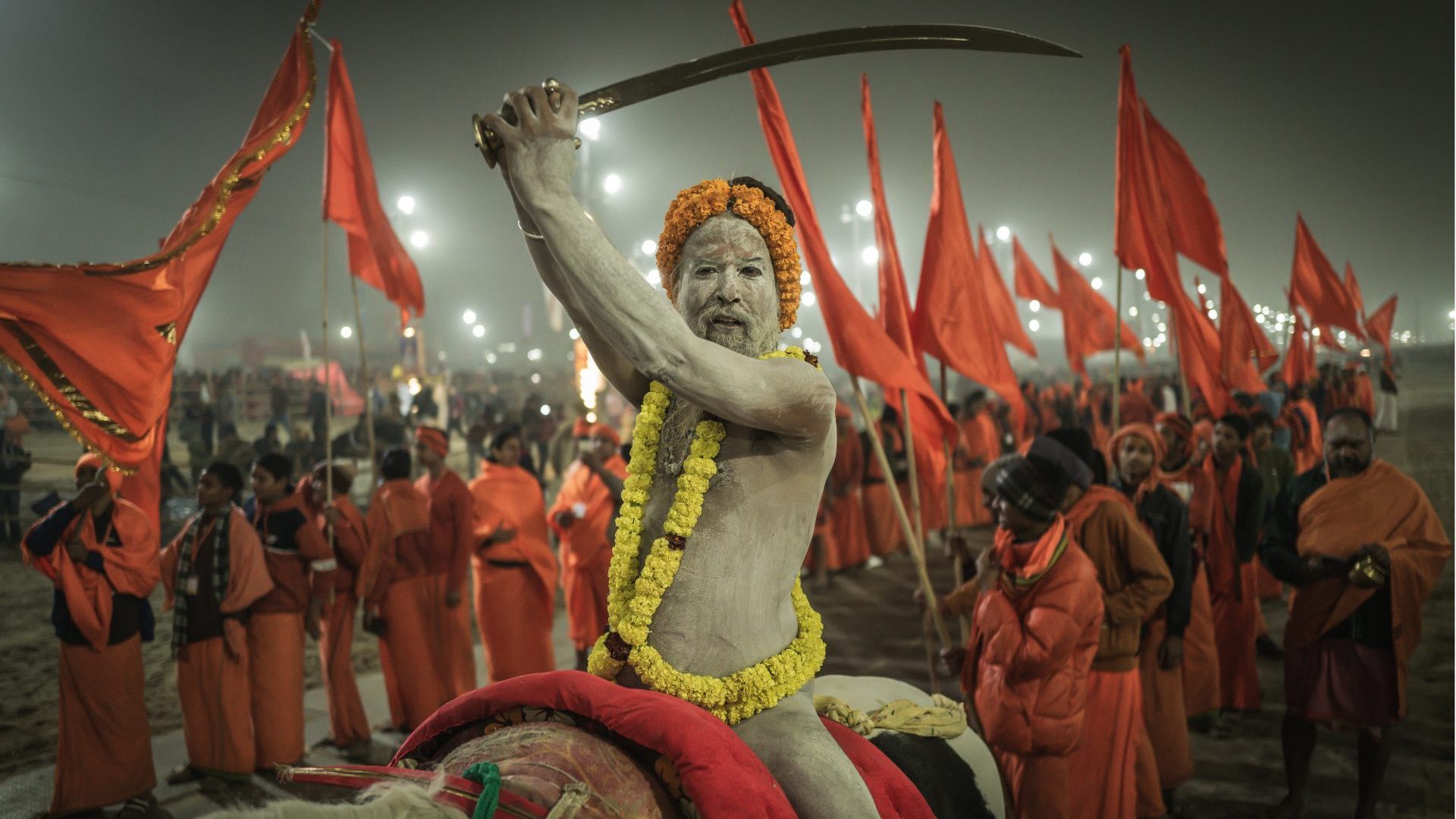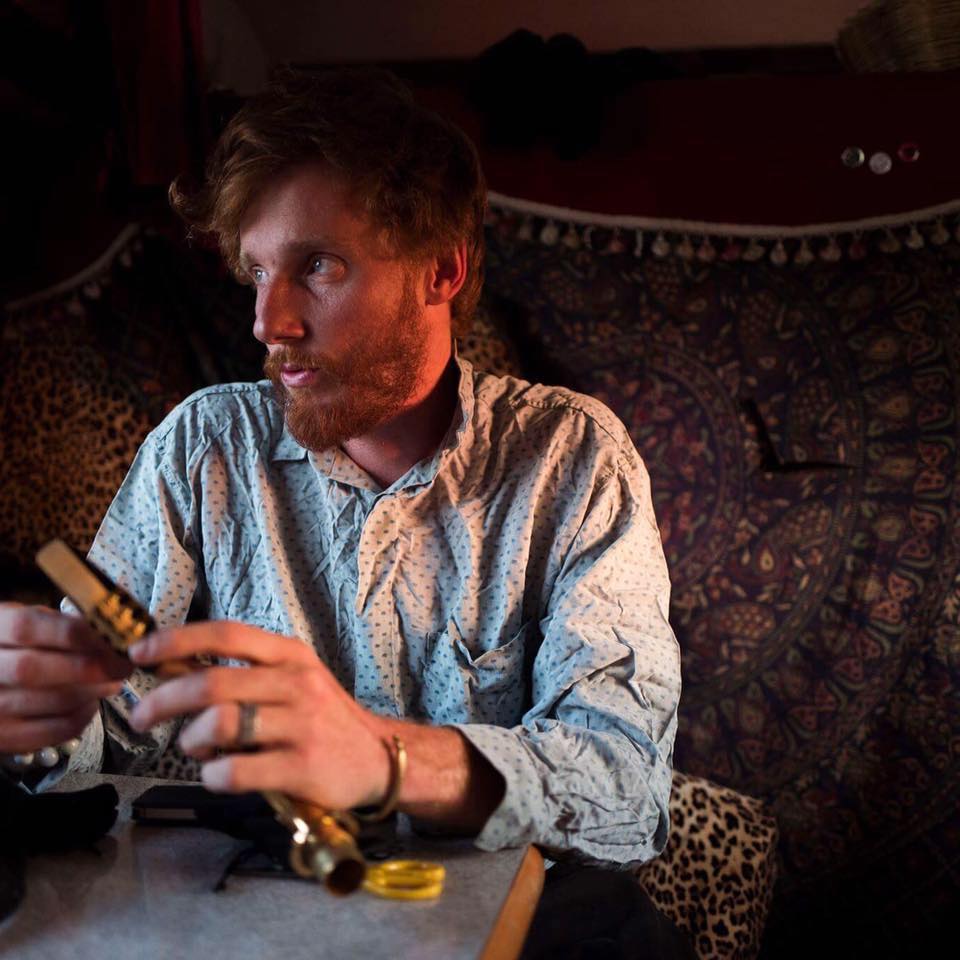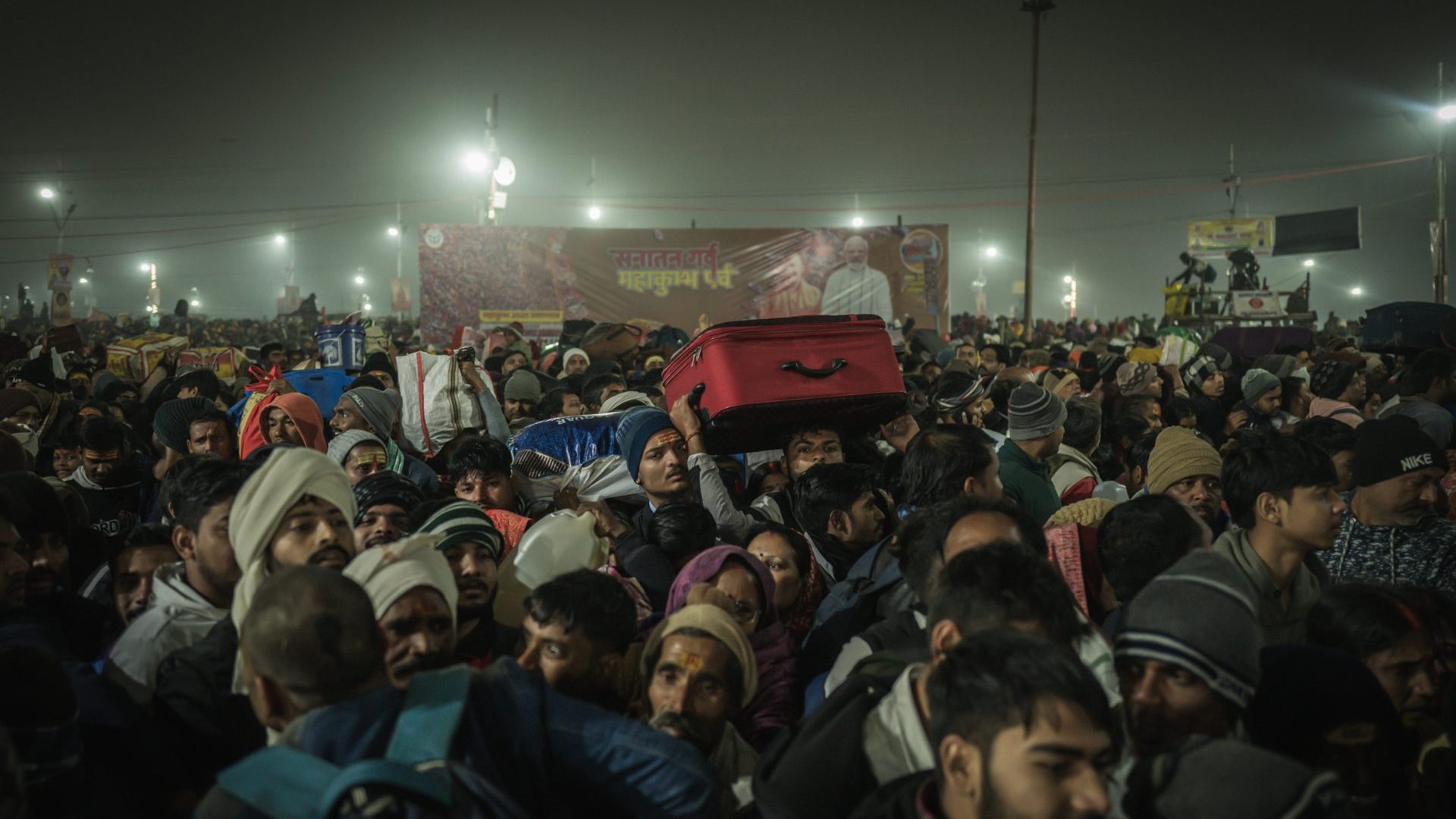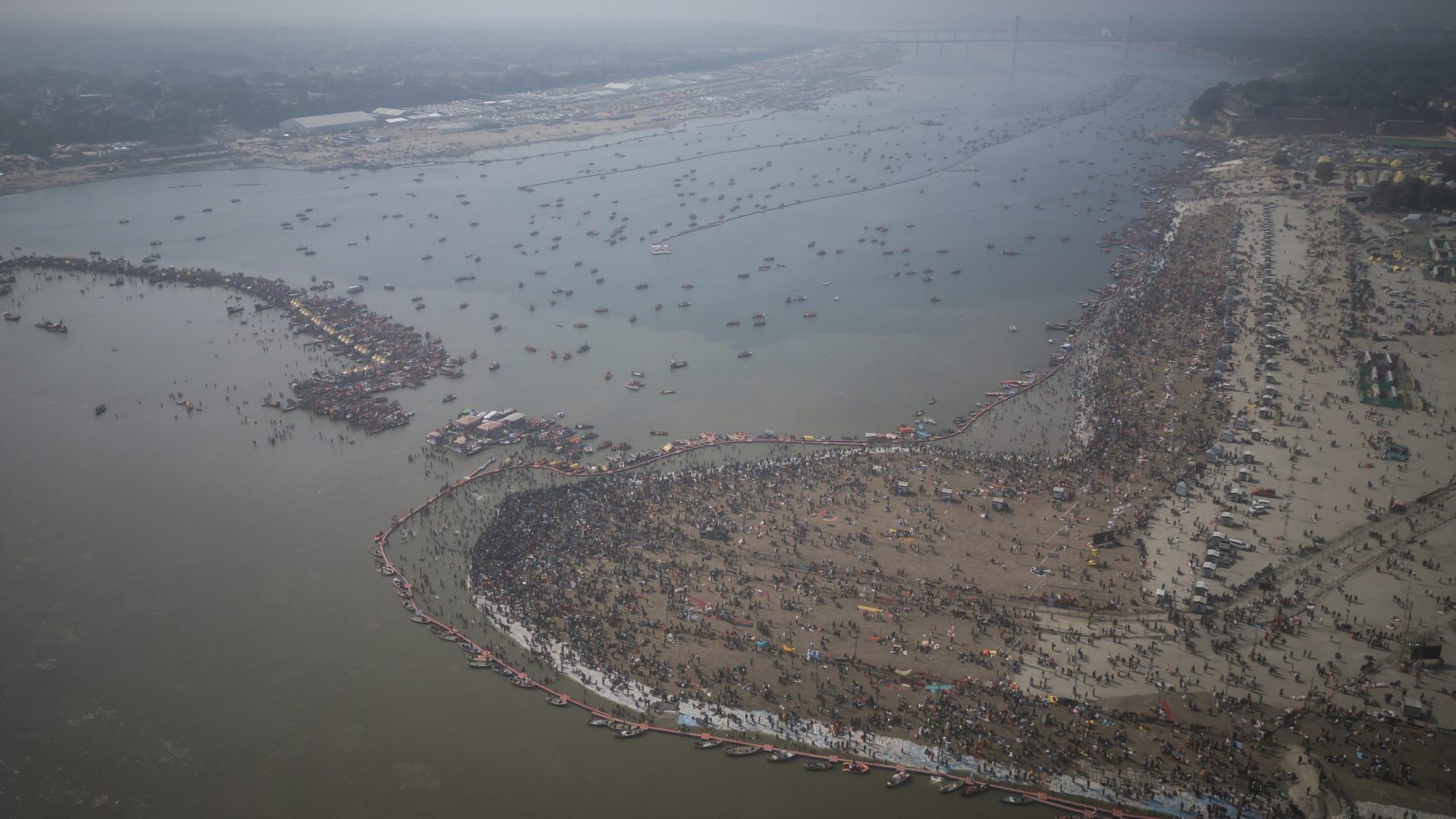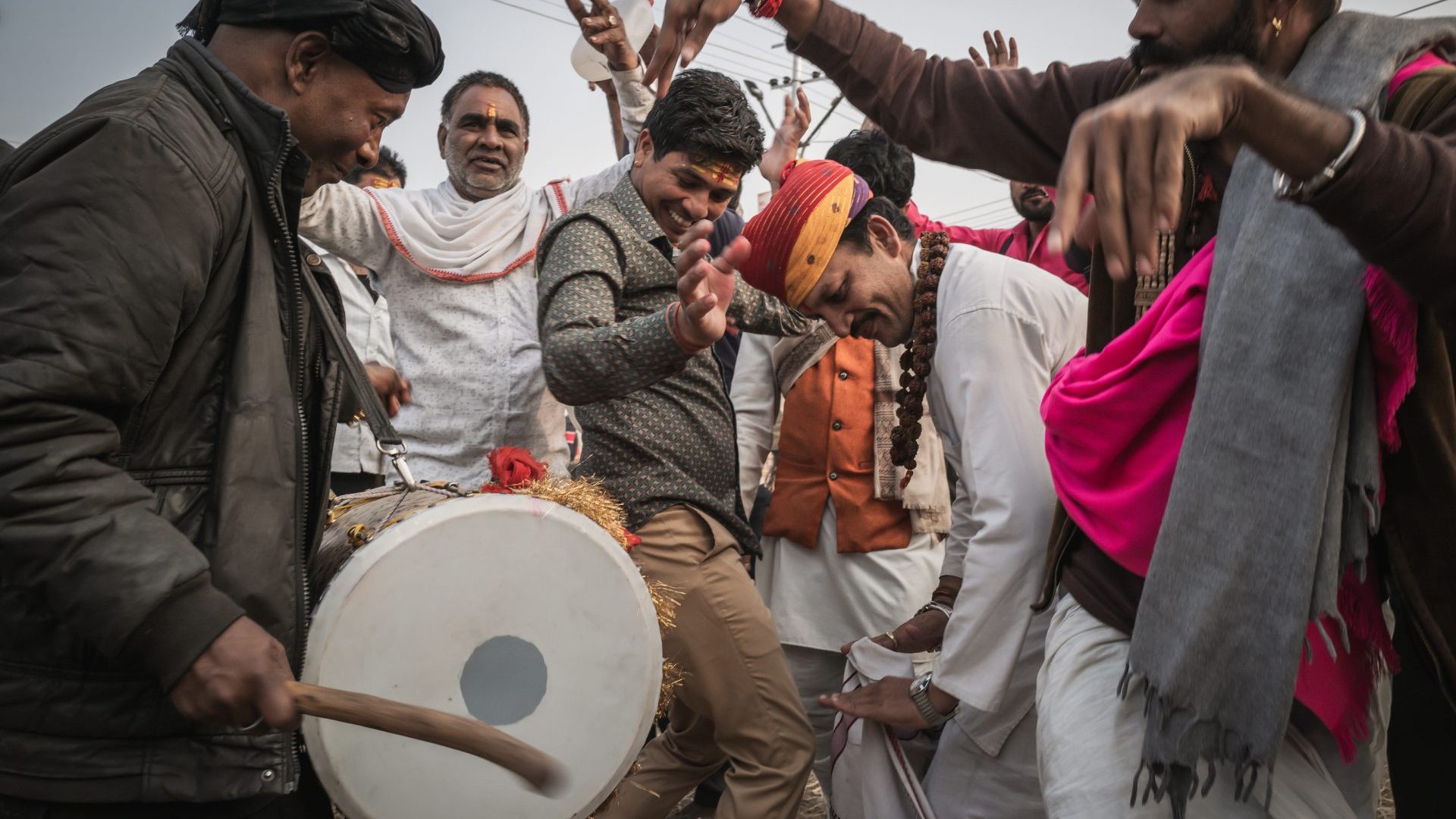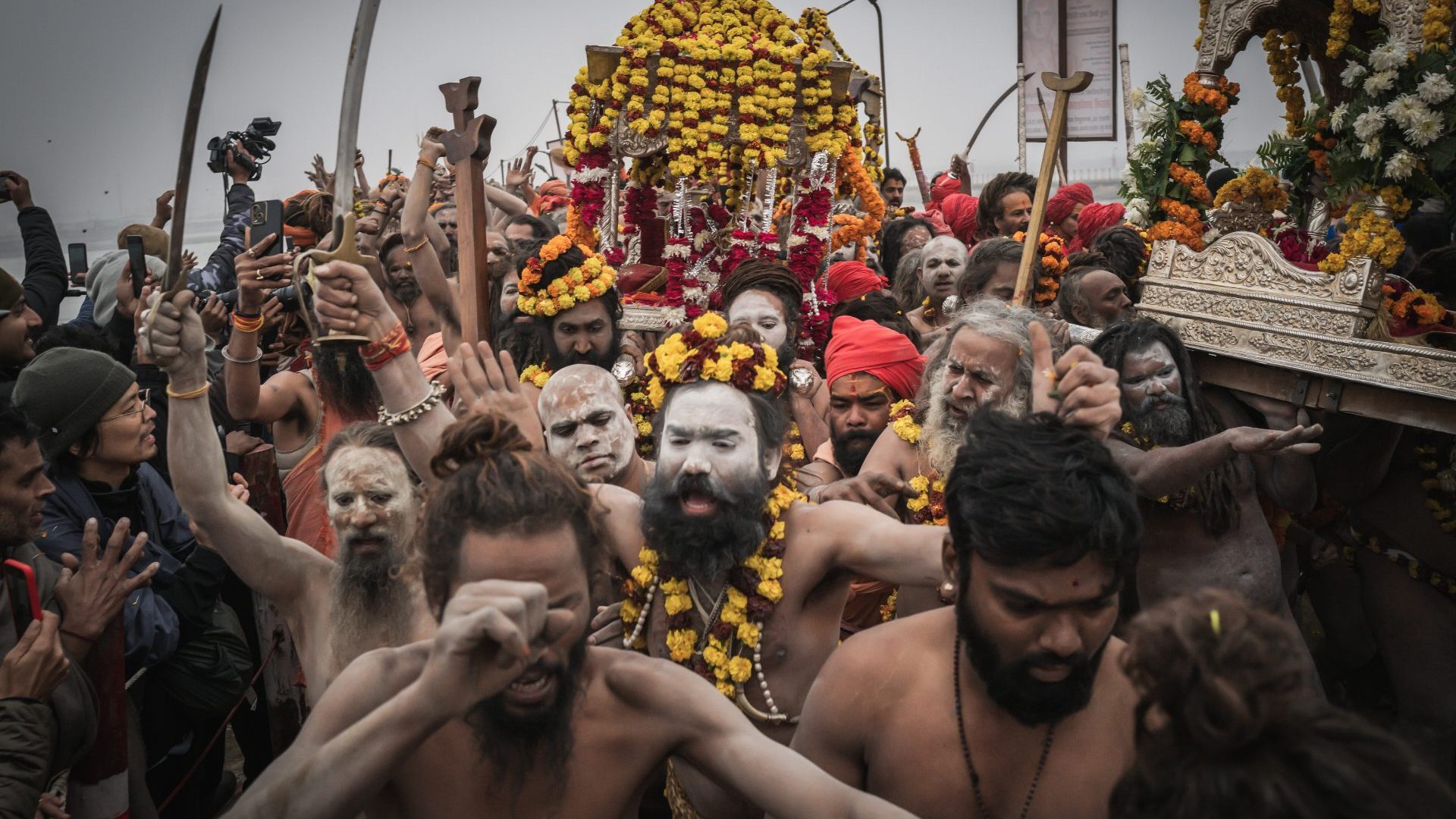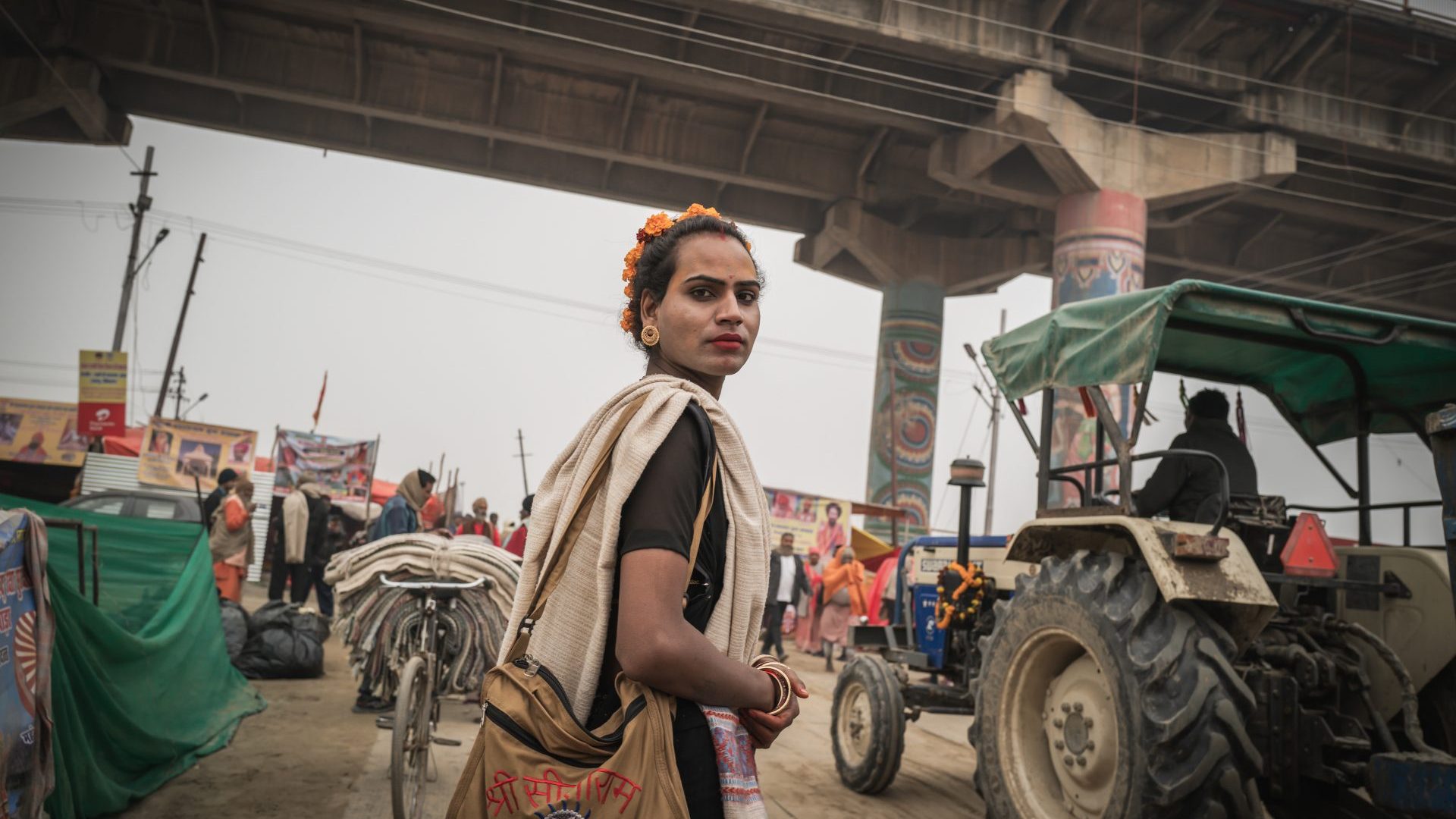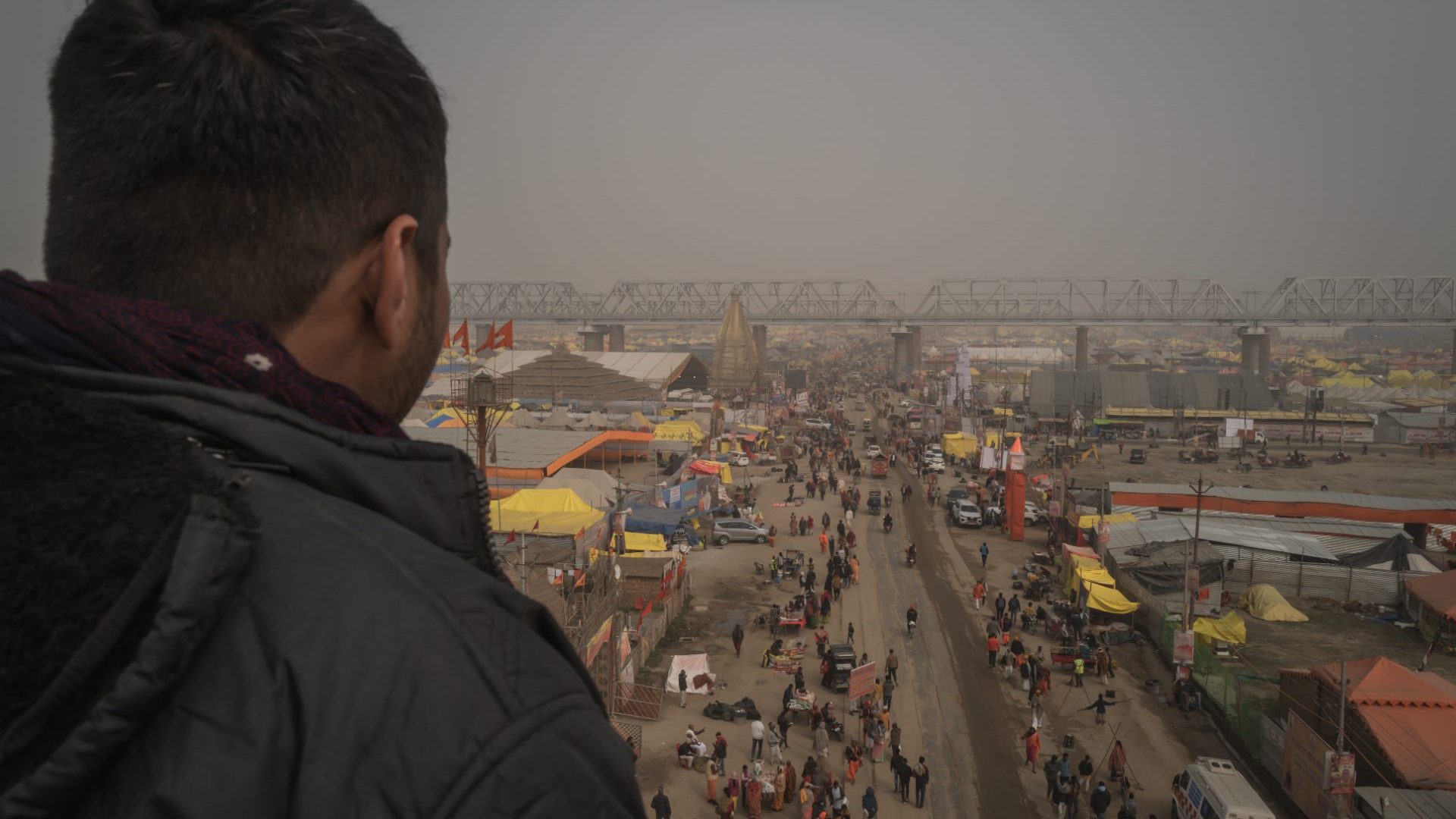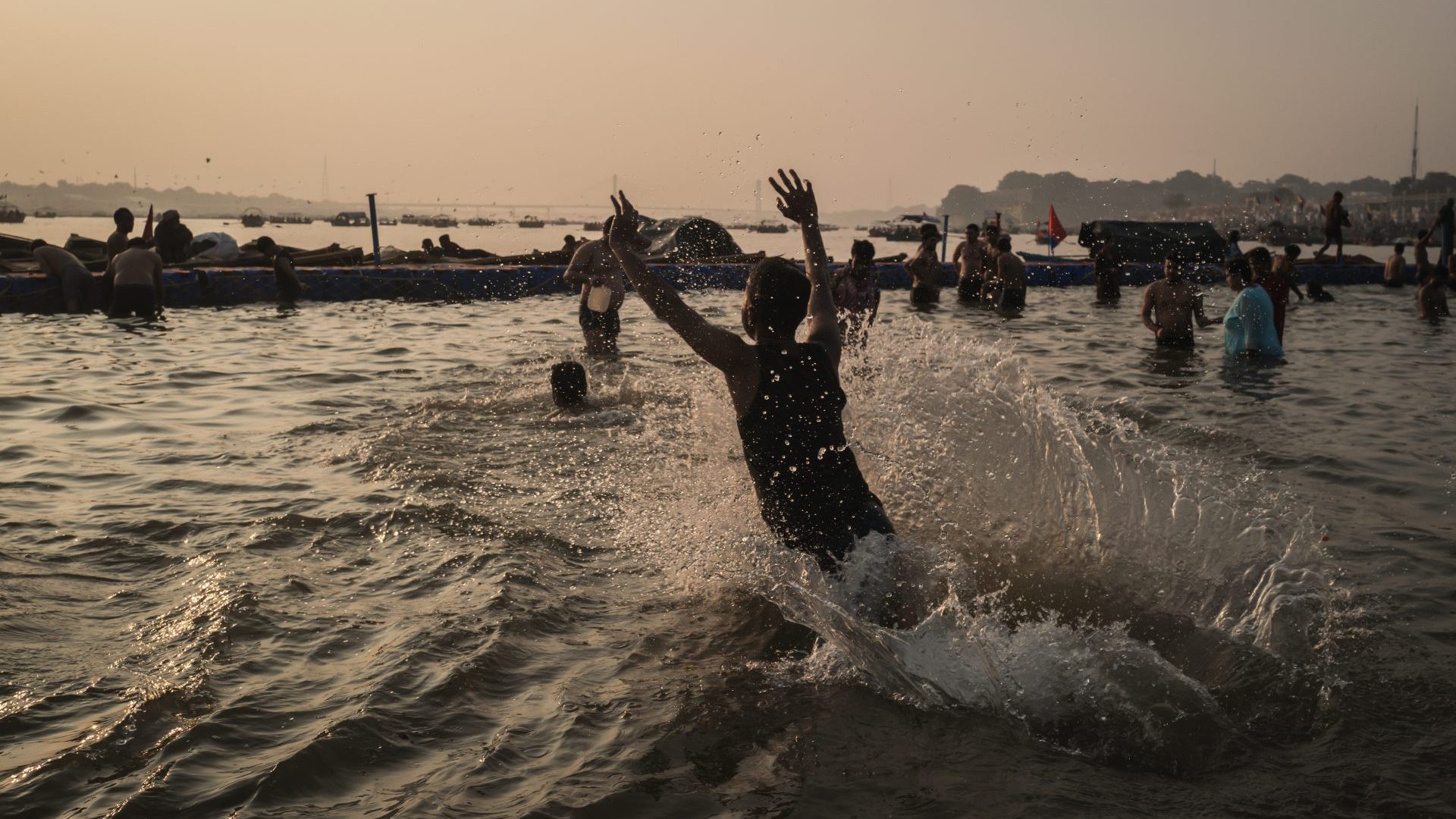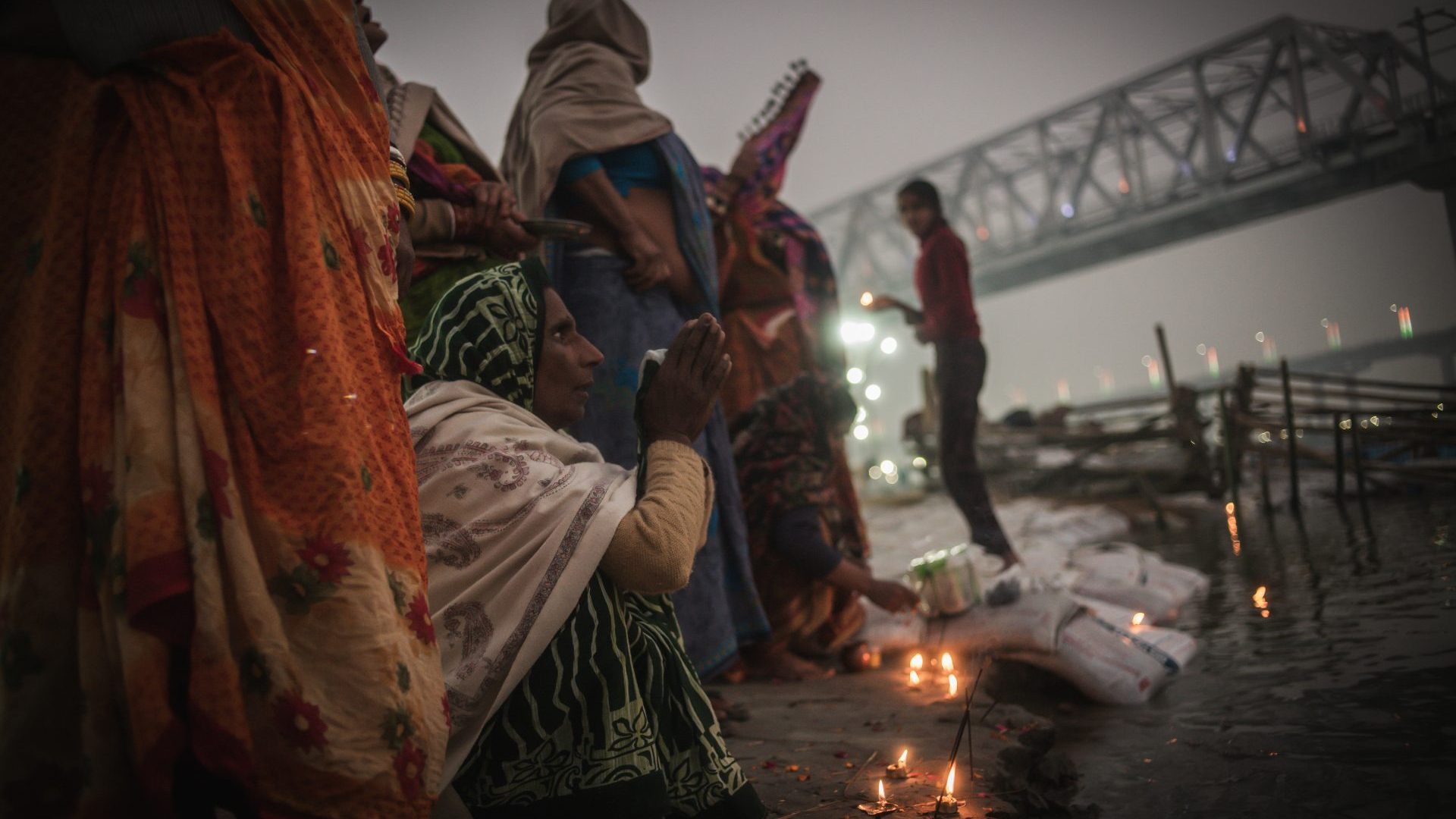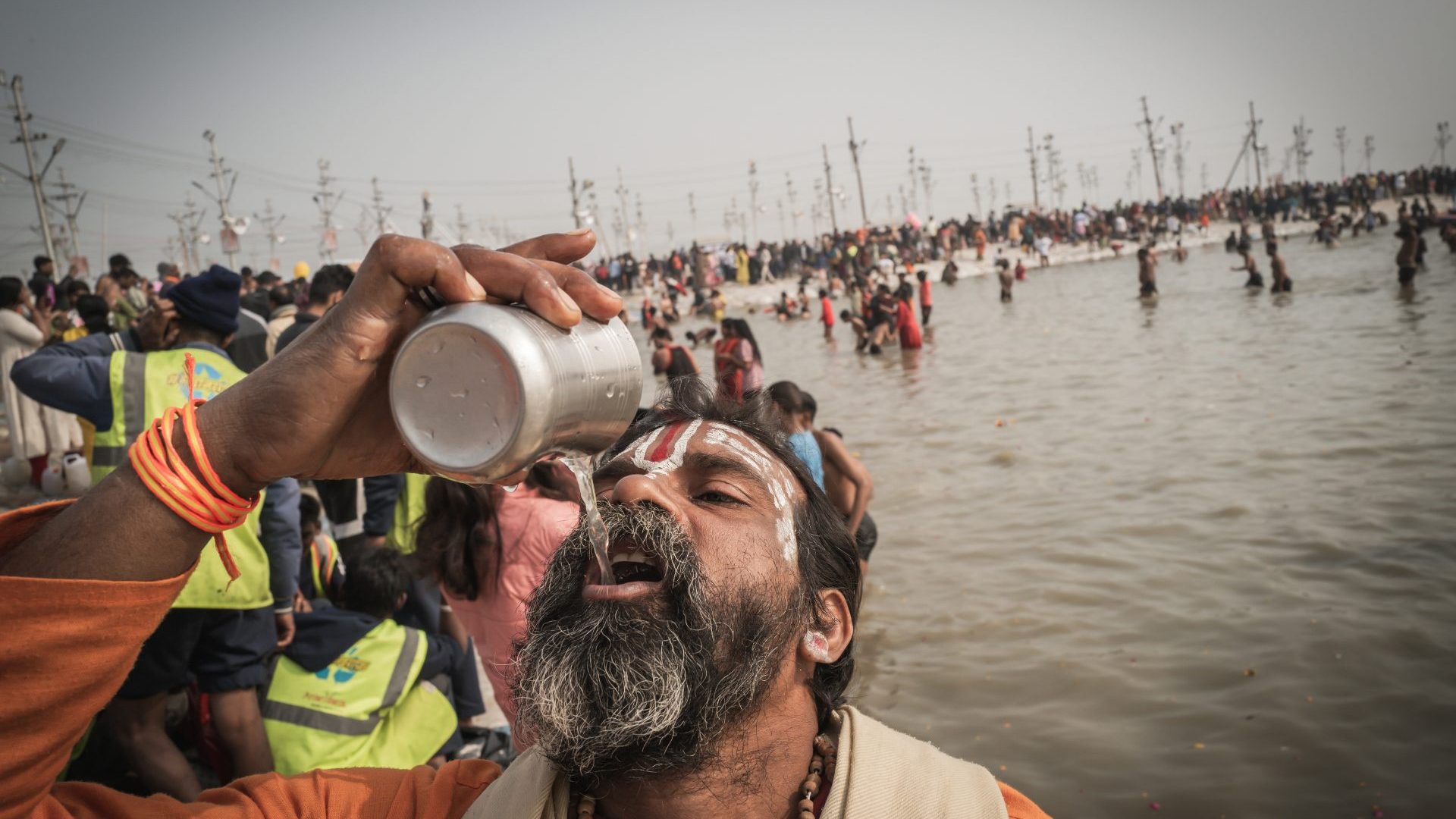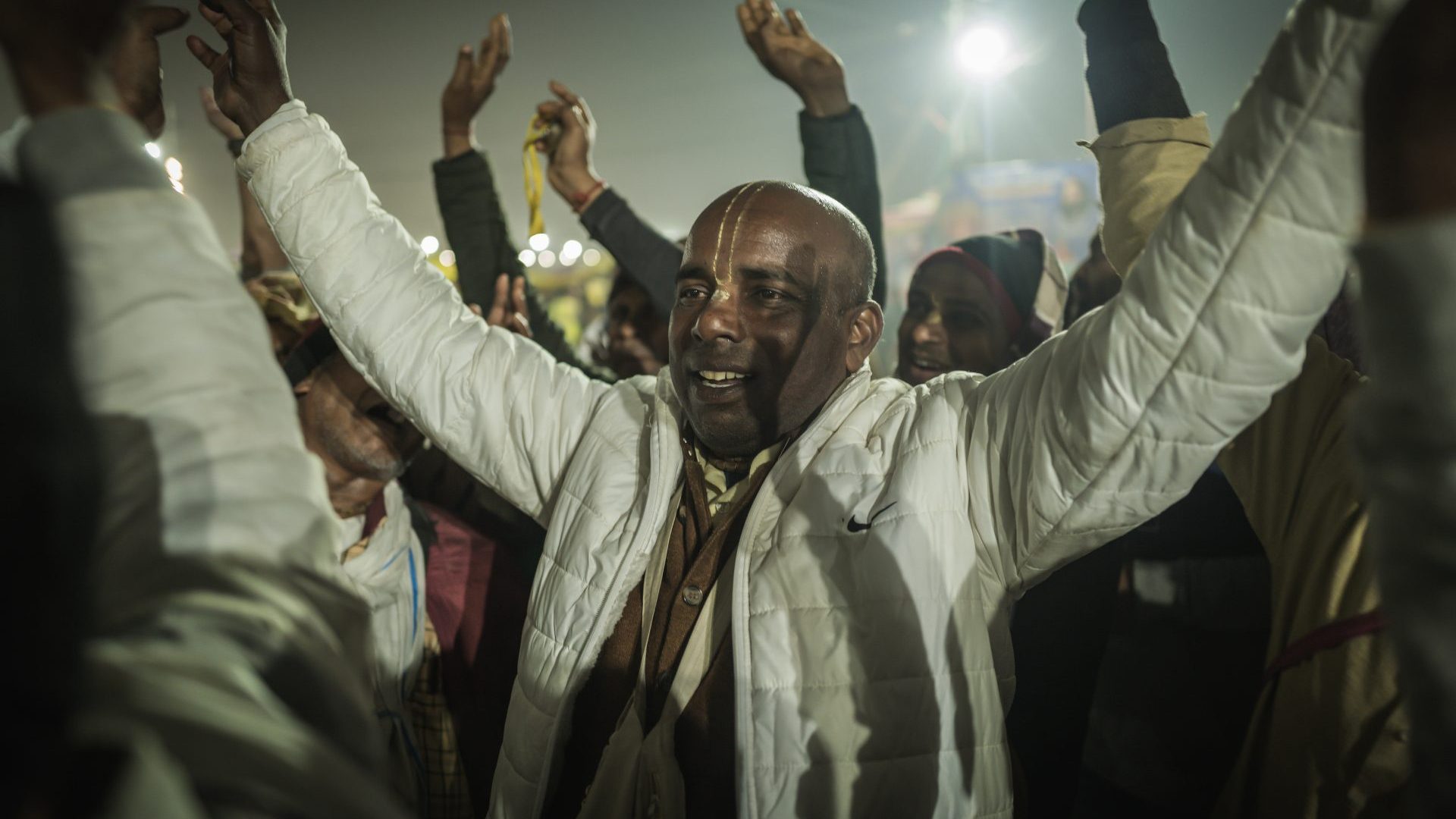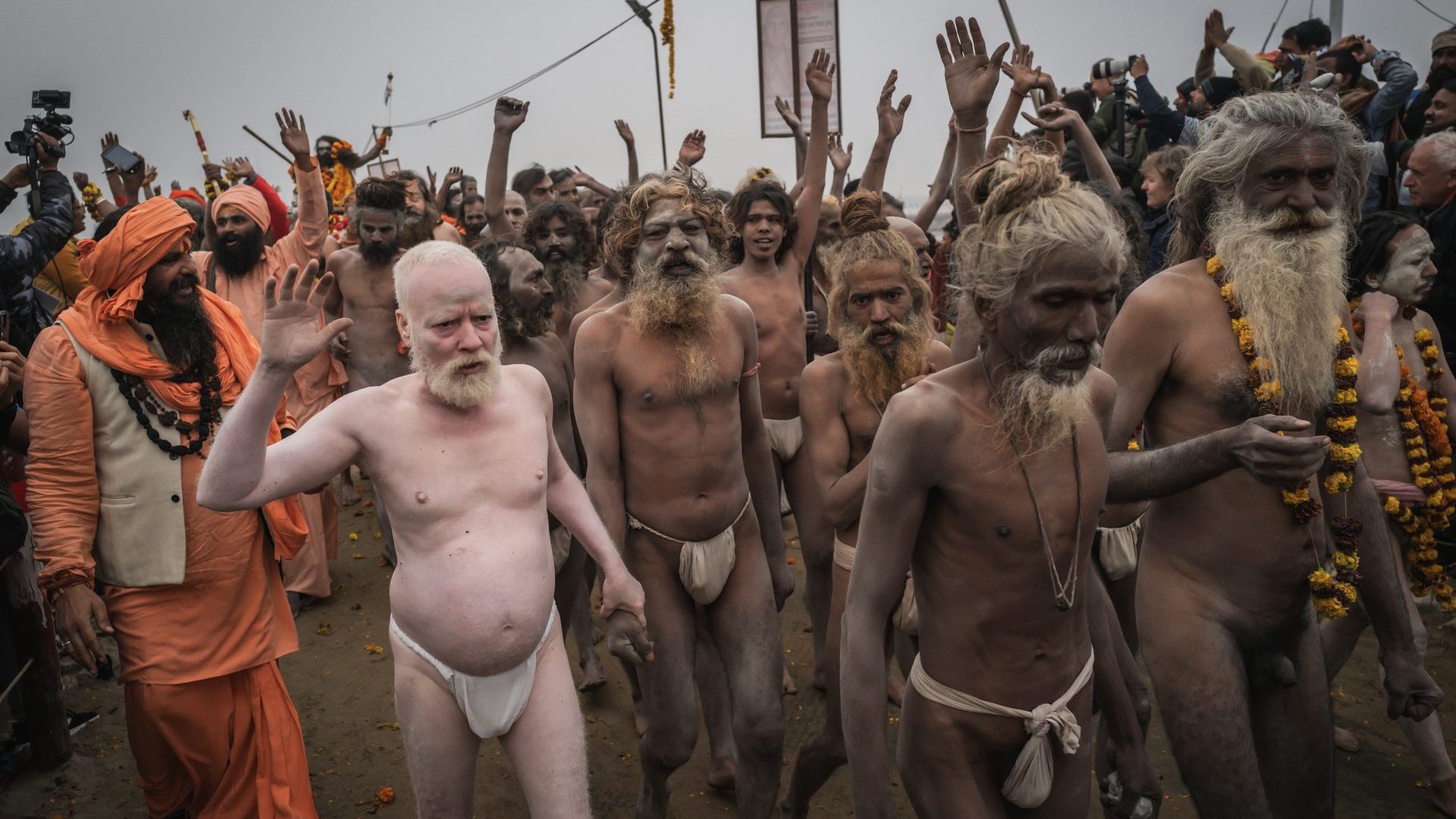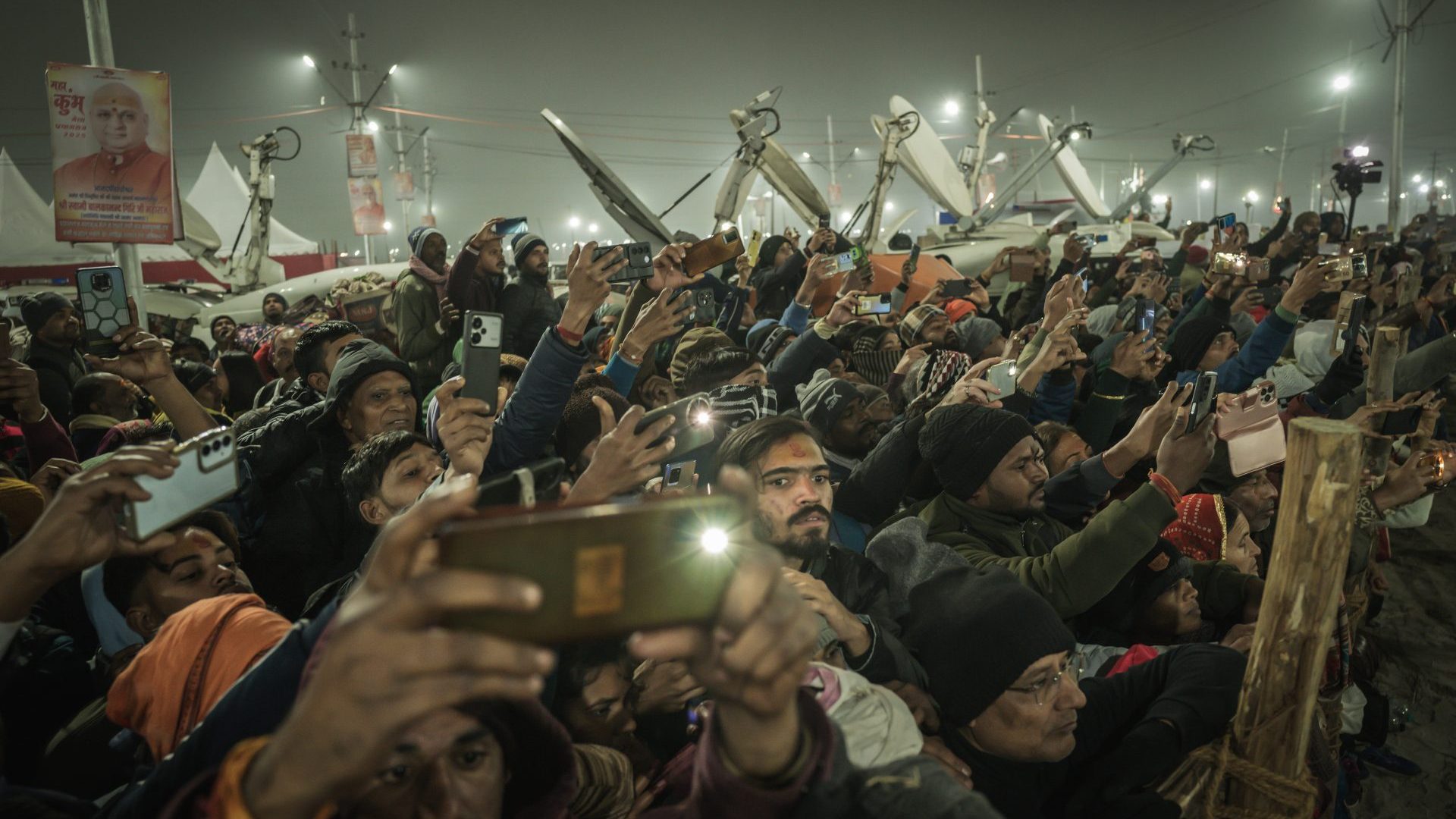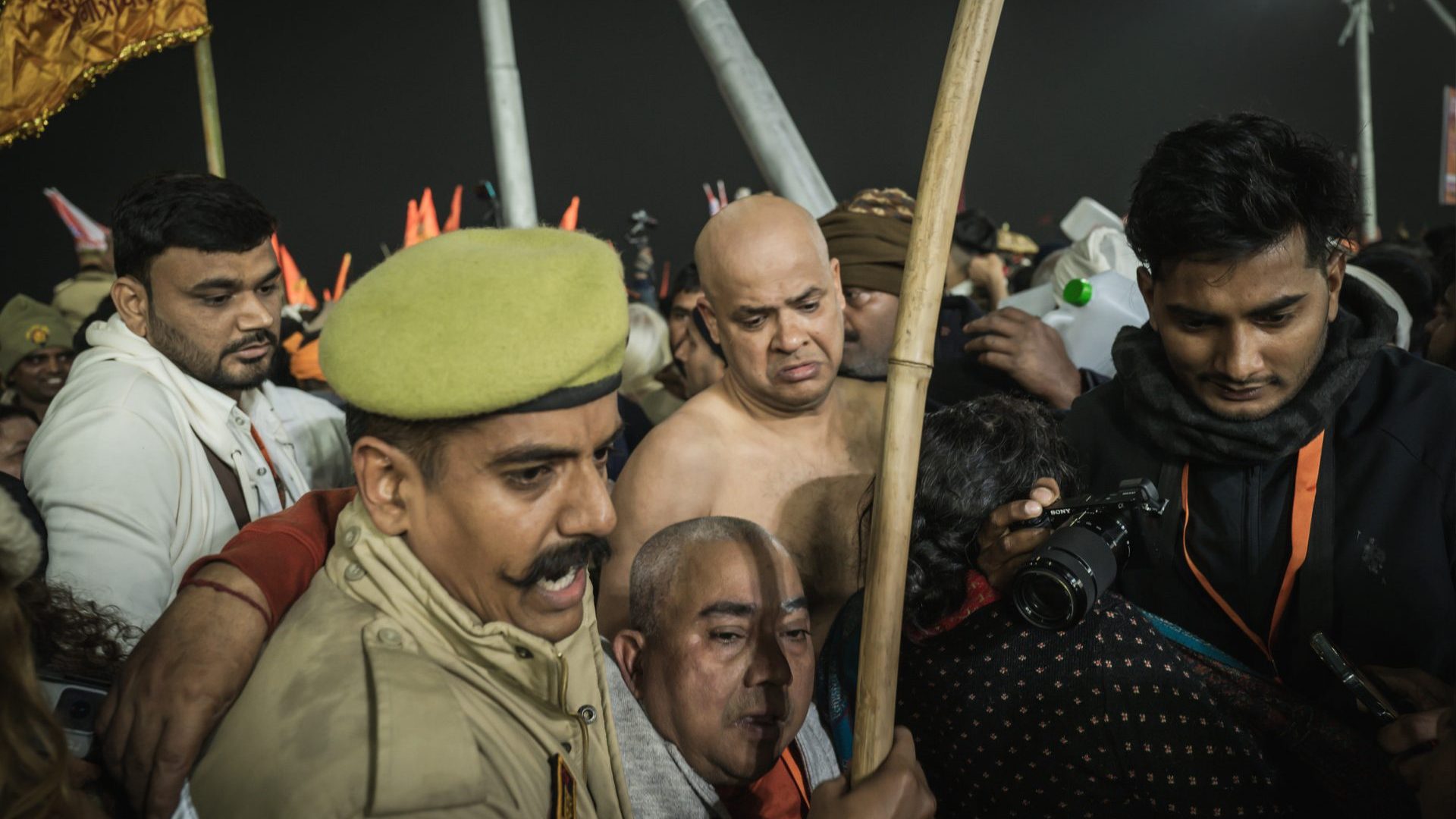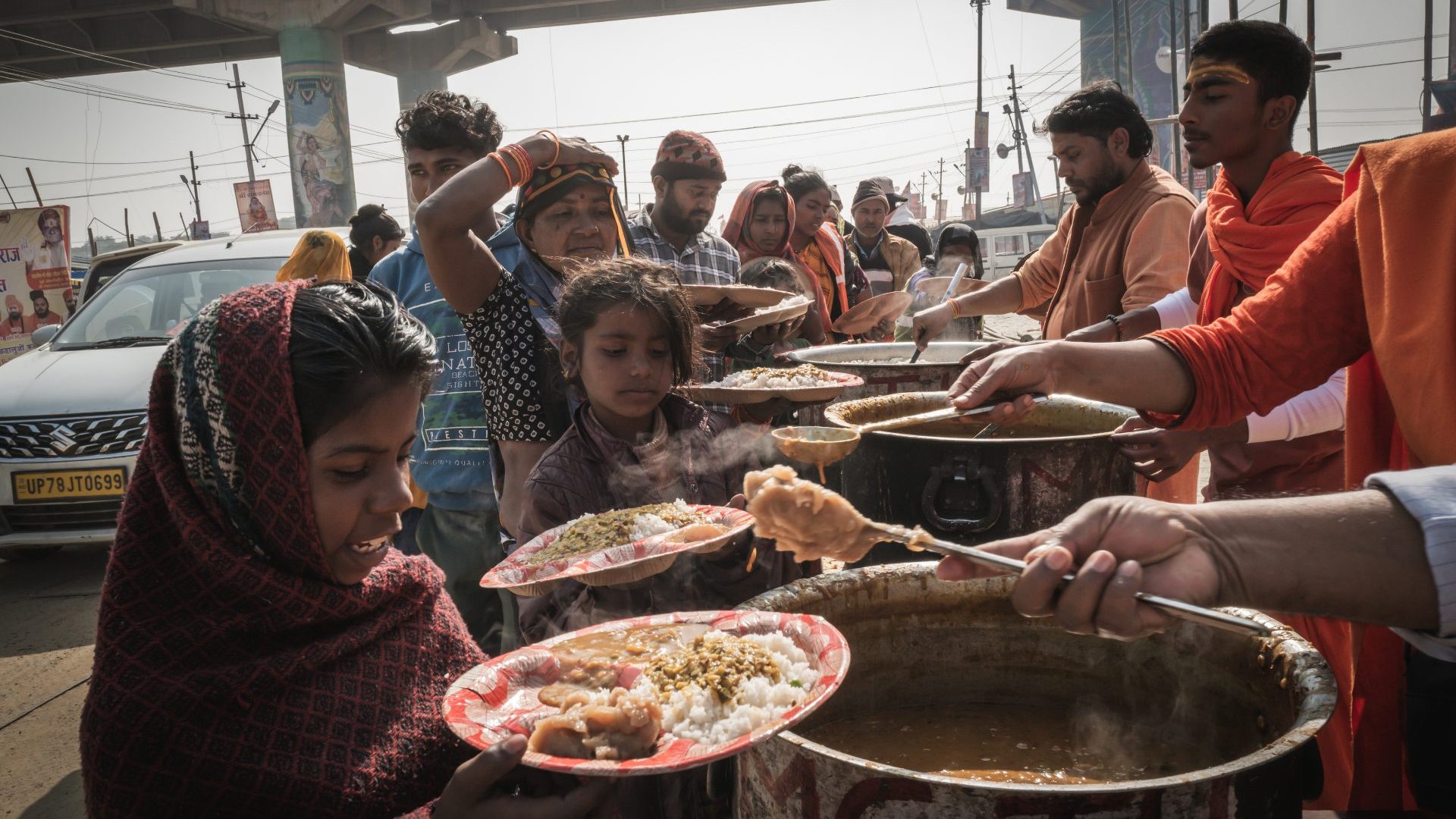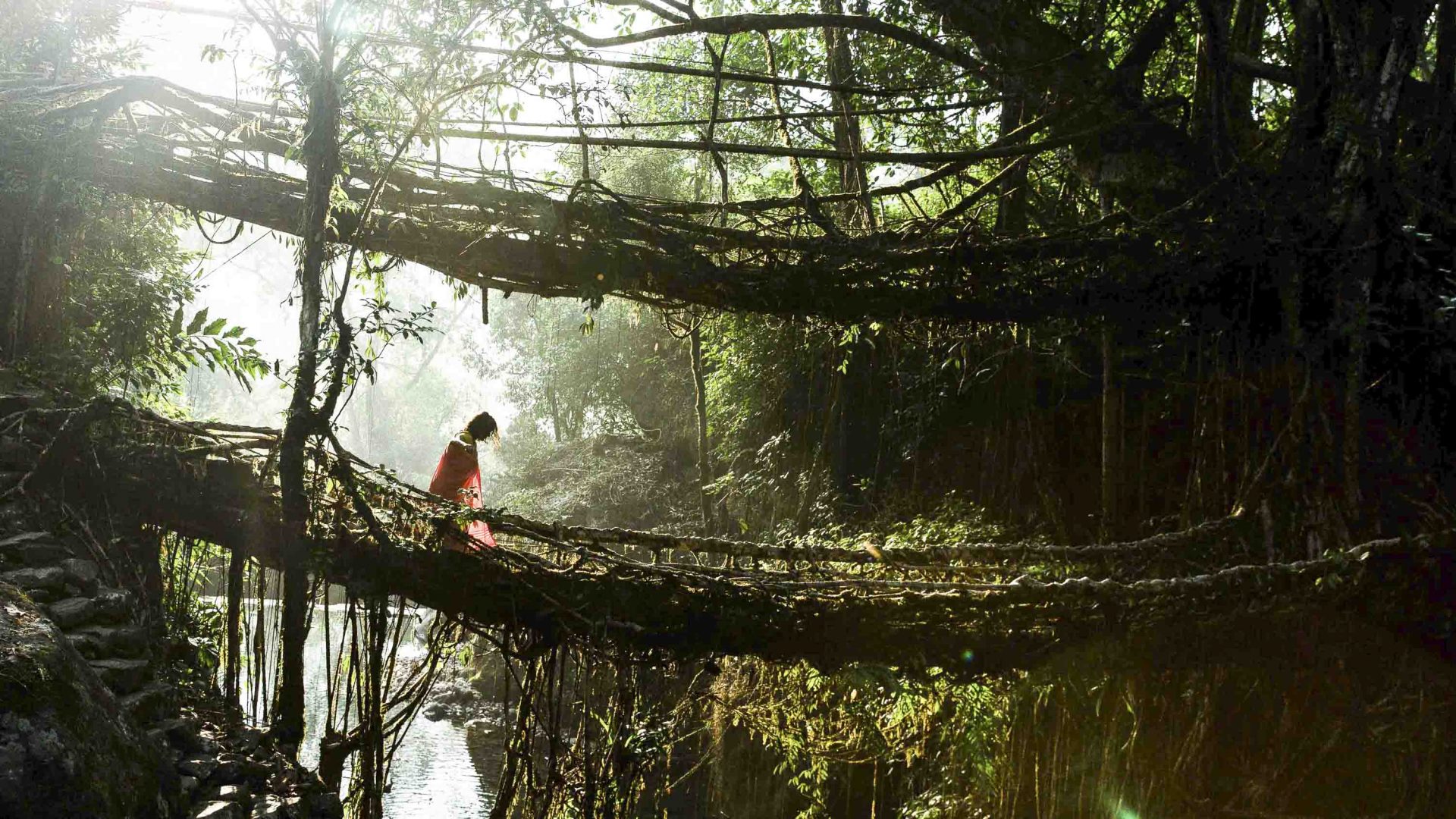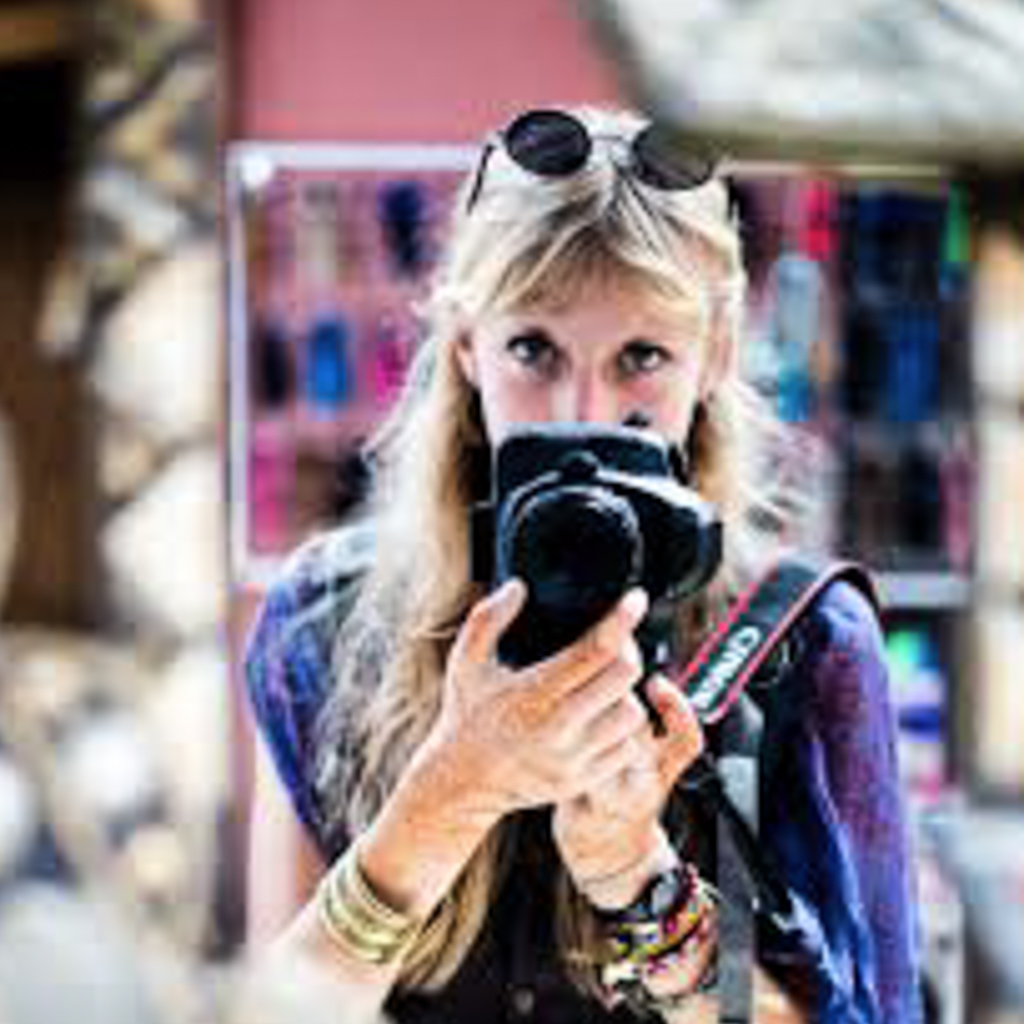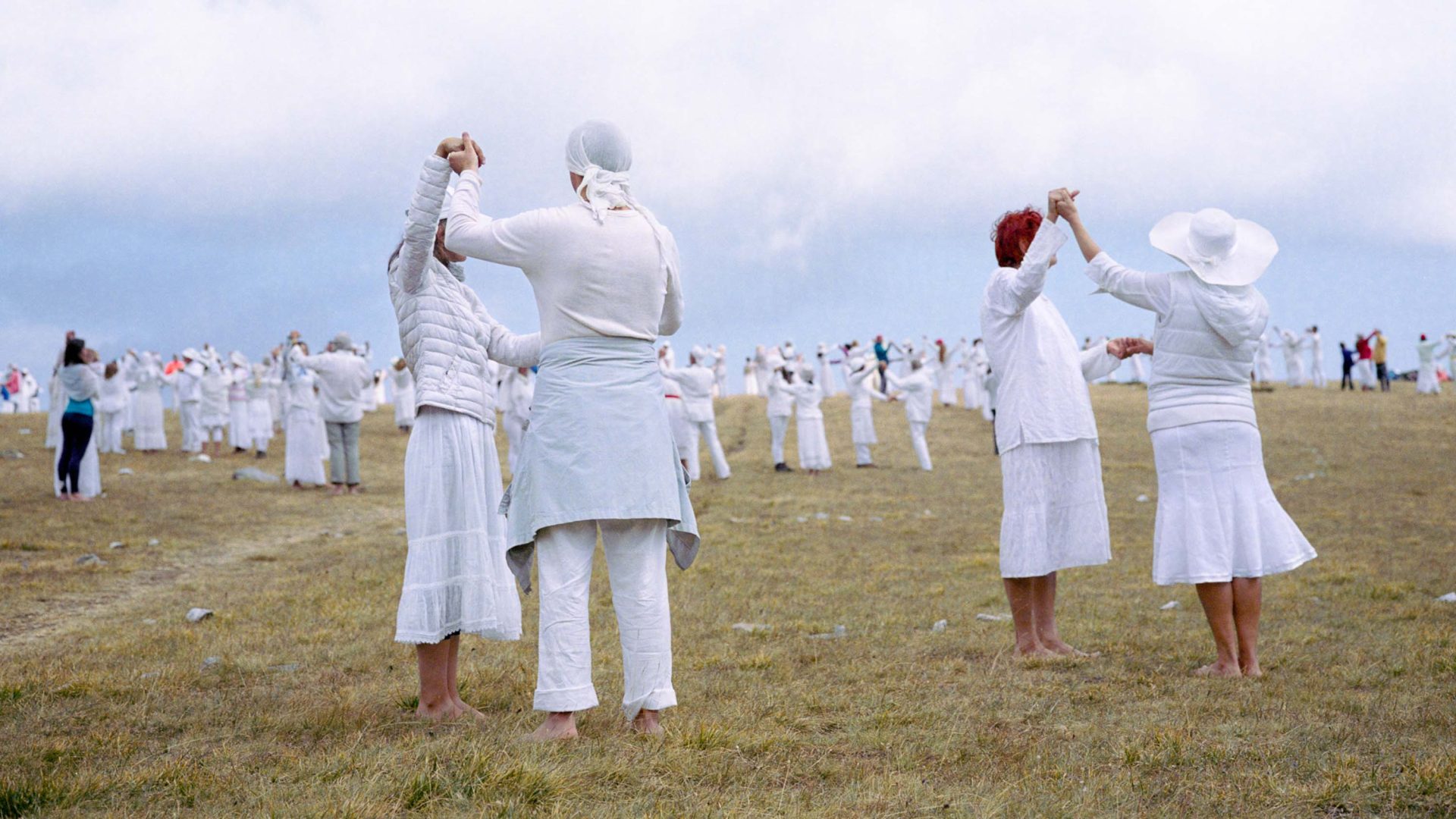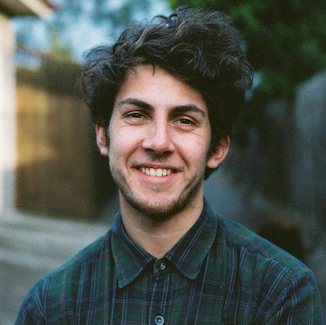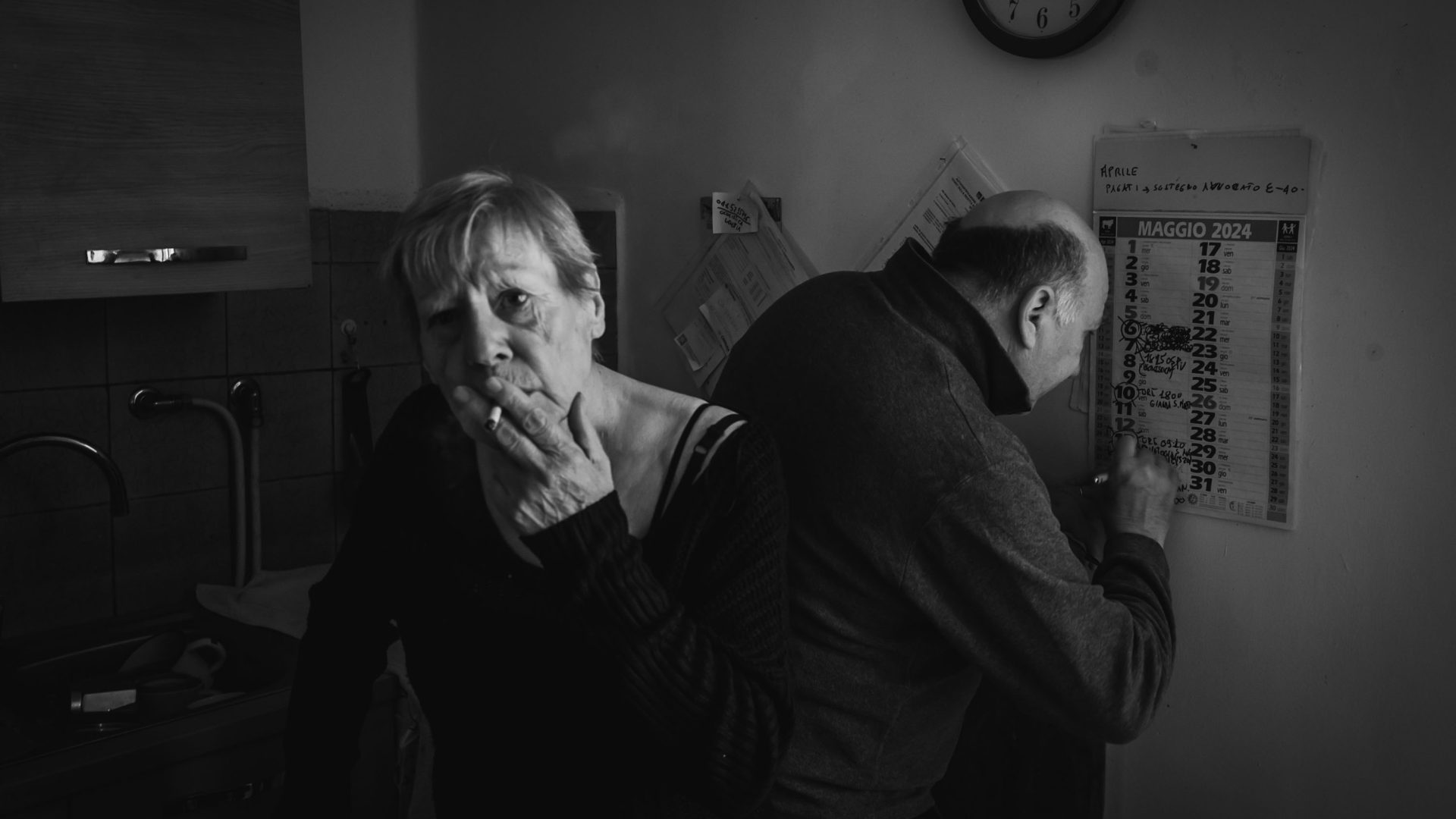The Kumbh Mela is the largest peaceful gathering of people in the world. Right now, an estimated 400 million Hindu devotees are making, or have already made, their pilgrimage to the banks of India’s holiest rivers. Photographer Nicola Zolin joins the congregation.
Amid the waves of faces, a young man—Karan, no older than 22—appears with a smile, warm and genuine. “Let me carry some of your bags, brother,” he offers.
Together, we navigate the immense crowd until we reach the riverbeds, where at the confluence of the Ganges and Yamuna, a temporary city has sprung. Here, the land unfolds like a vast, sacred canvas, stretching across 4,000 hectares, with tens of thousands of tents sheltering millions of pilgrims who are drawn to bathe in the holy waters.
One evening, beneath a full moon, Karan and I join the procession of the naga sadhus (holy men) to the water for their first shahi snan (royal bath). Covered only in the ash smeared across their skin, these sadhus are revered as the guardians of faith and warriors of tradition.
Many onlookers kneel to touch the earth where the holy men have walked, believing the ground is blessed by their footprints. Having renounced all worldly possessions, the naga sadhus stand as living embodiments of faith, the very spirit of Hinduism. “Is this the kind of faith you seek?” I ask Karan.
“I’m not sure,” he answers. “I just want to serve God. I have no interest in the material world. Look at these men,” he gestures to the naga sadhus. “They have no home, no possessions. They’ve given up everything to embrace the divine.”
As we speak, the crowd grows, pressing in on every side, as if pulled by some collective yearning. Anxiety rises, the fear of being caught in a sudden panic seizing us. We push through, finding our way to a quieter spot.
Two weeks later tragedy strikes. A stampede claims 30 lives, with many more injured. A festival of this size is at risk of overcrowding, and without proper crowd management and public health measures, can easily take a turn. This year the Indian government implemented 2,700 CCTV cameras, underwater drones and 40,000 police officers to help prevent accidents.
But overseeing the Maha Kumbh Mela presents more than a logistical challenge—Modi and his party sees the festival as a powerful platform to champion his Hindu nationalist agenda, leveraging it to solidify support among the Hindu majority.
